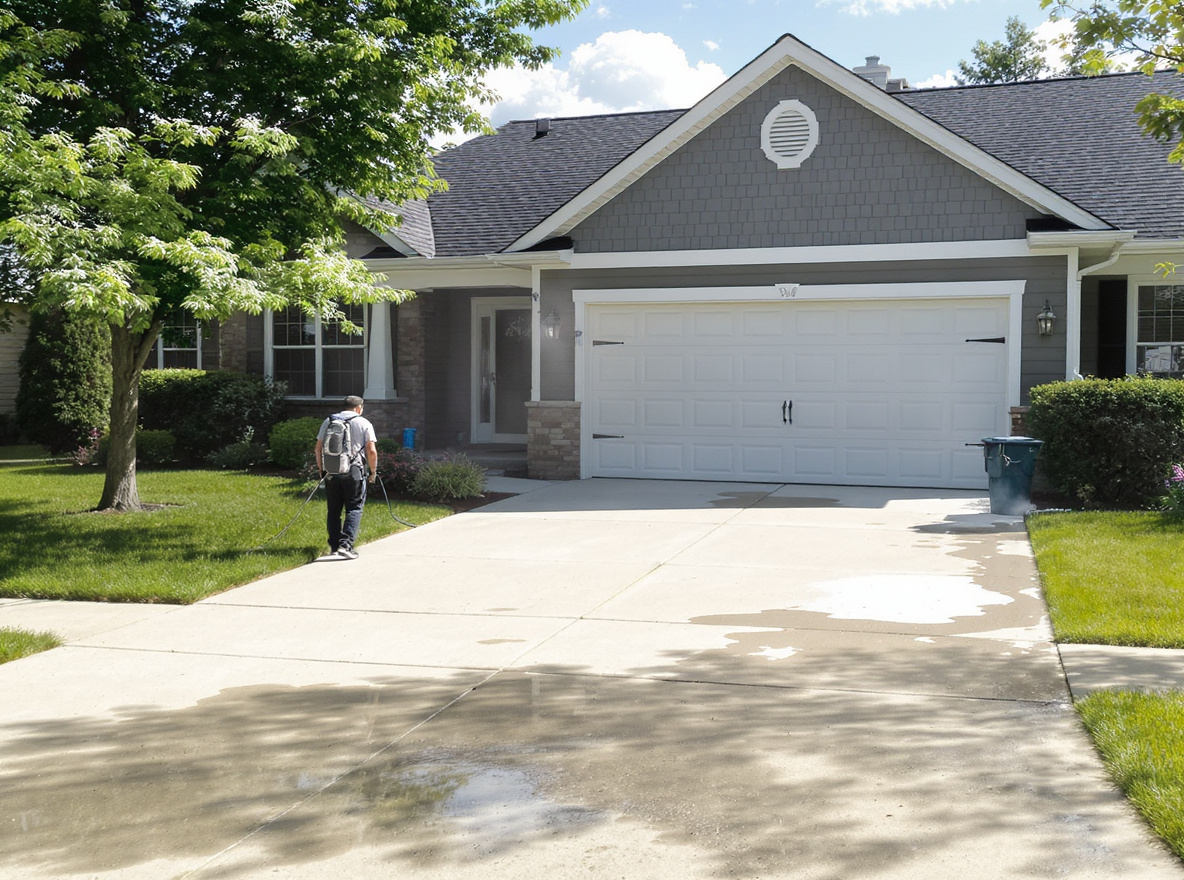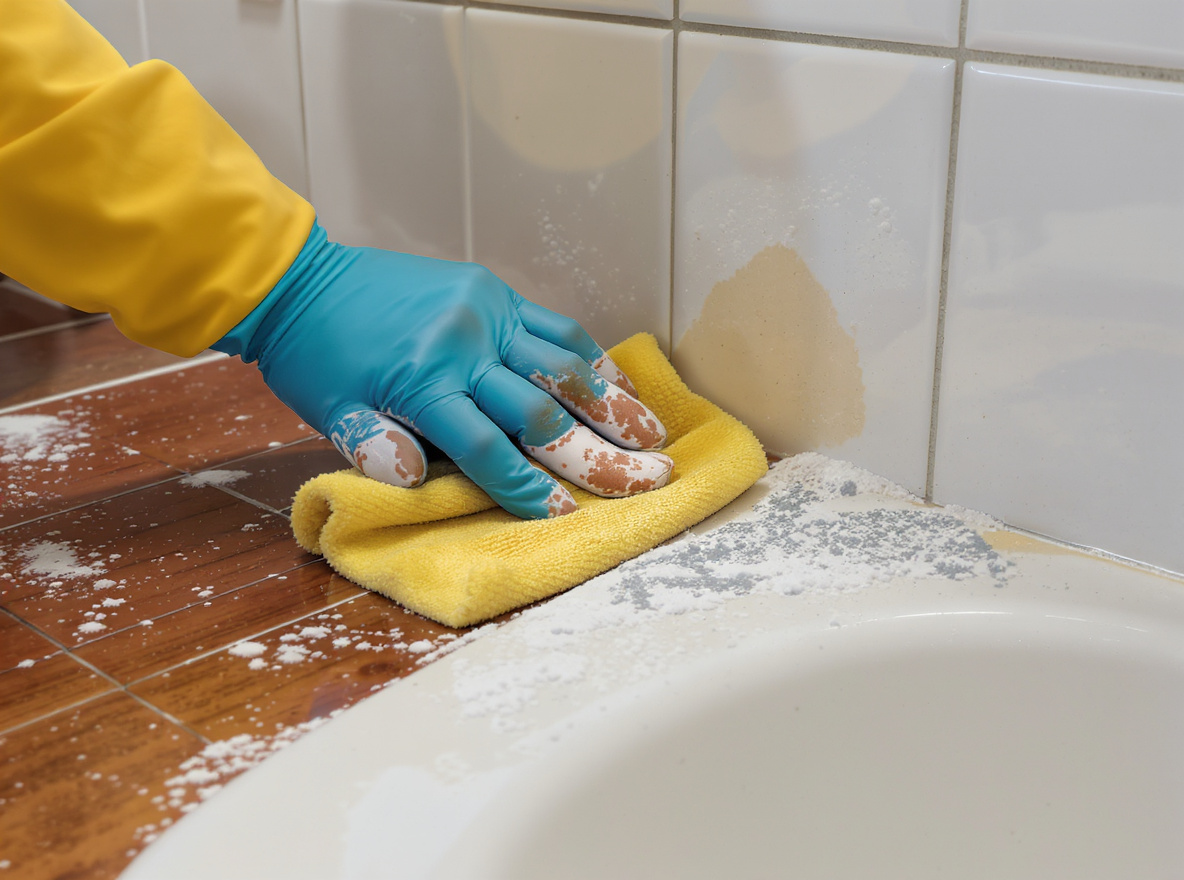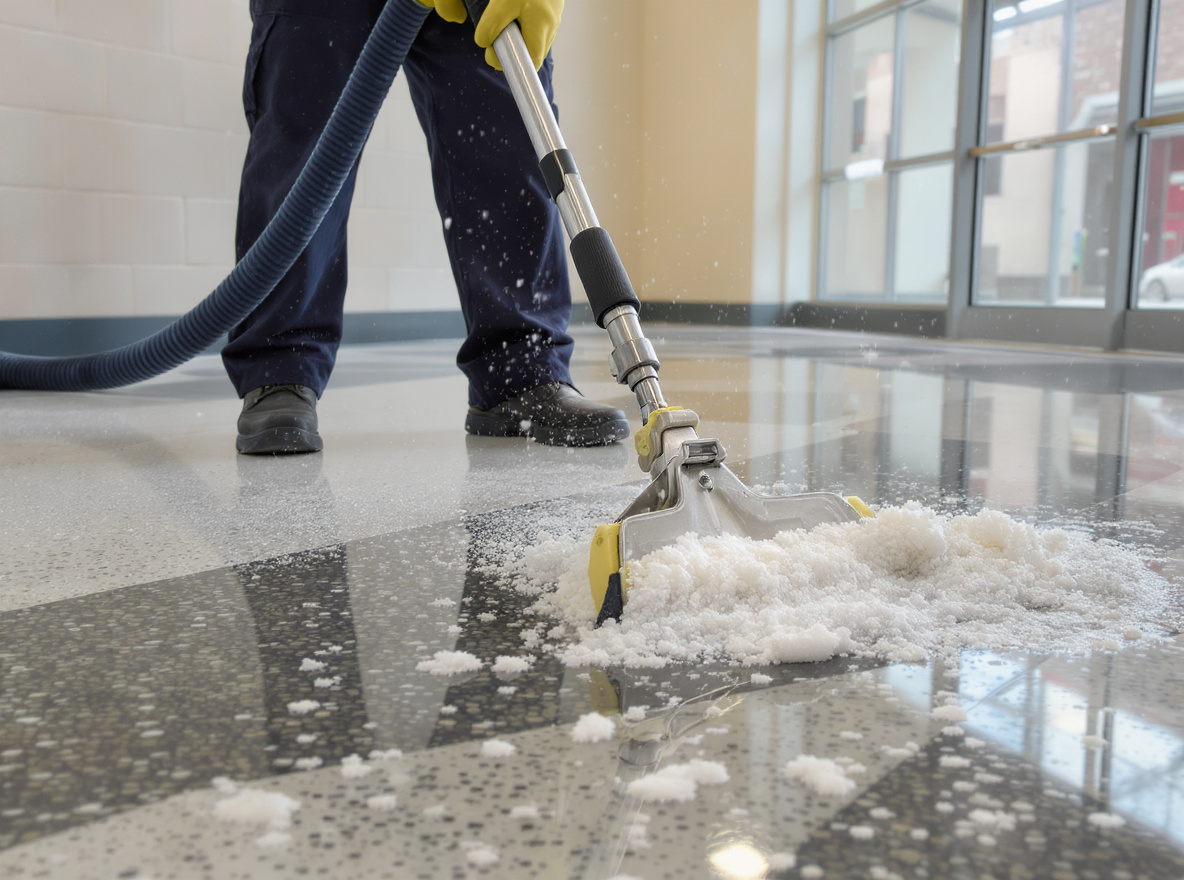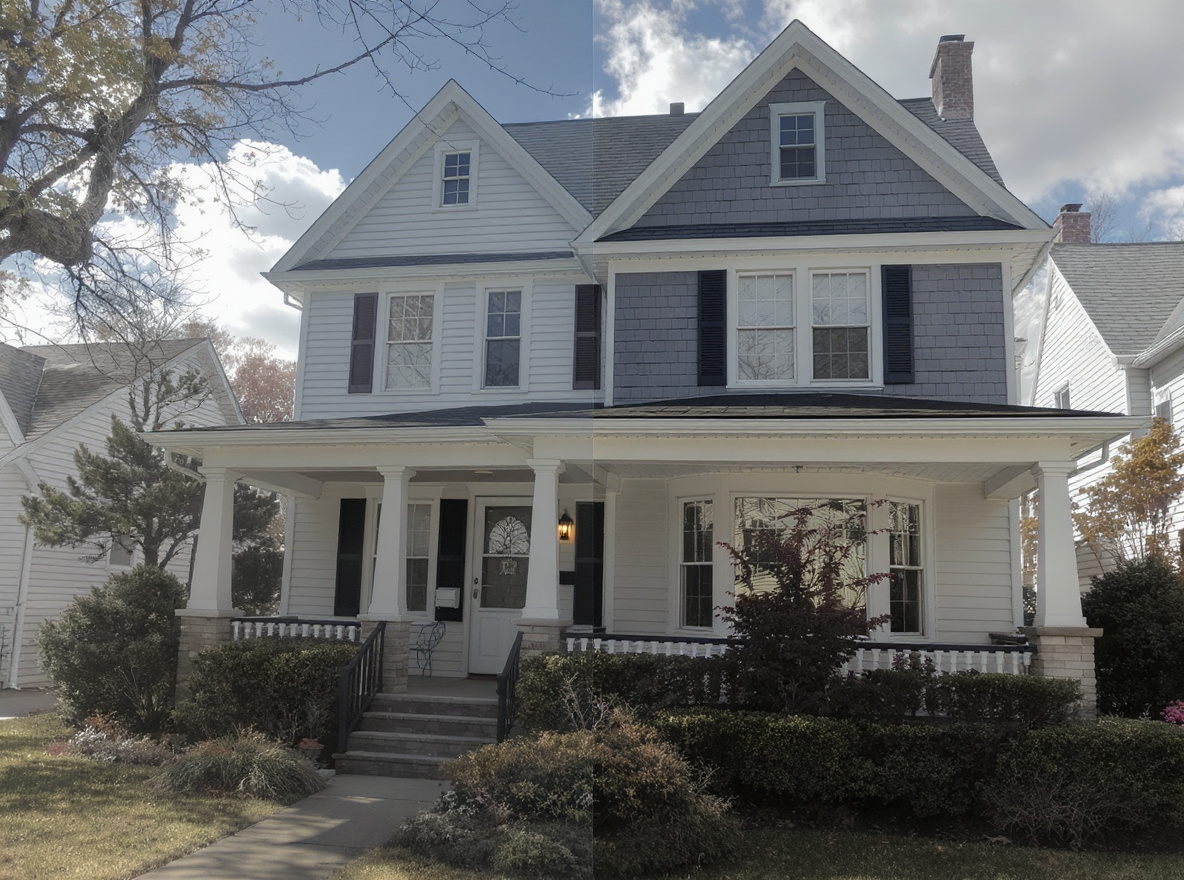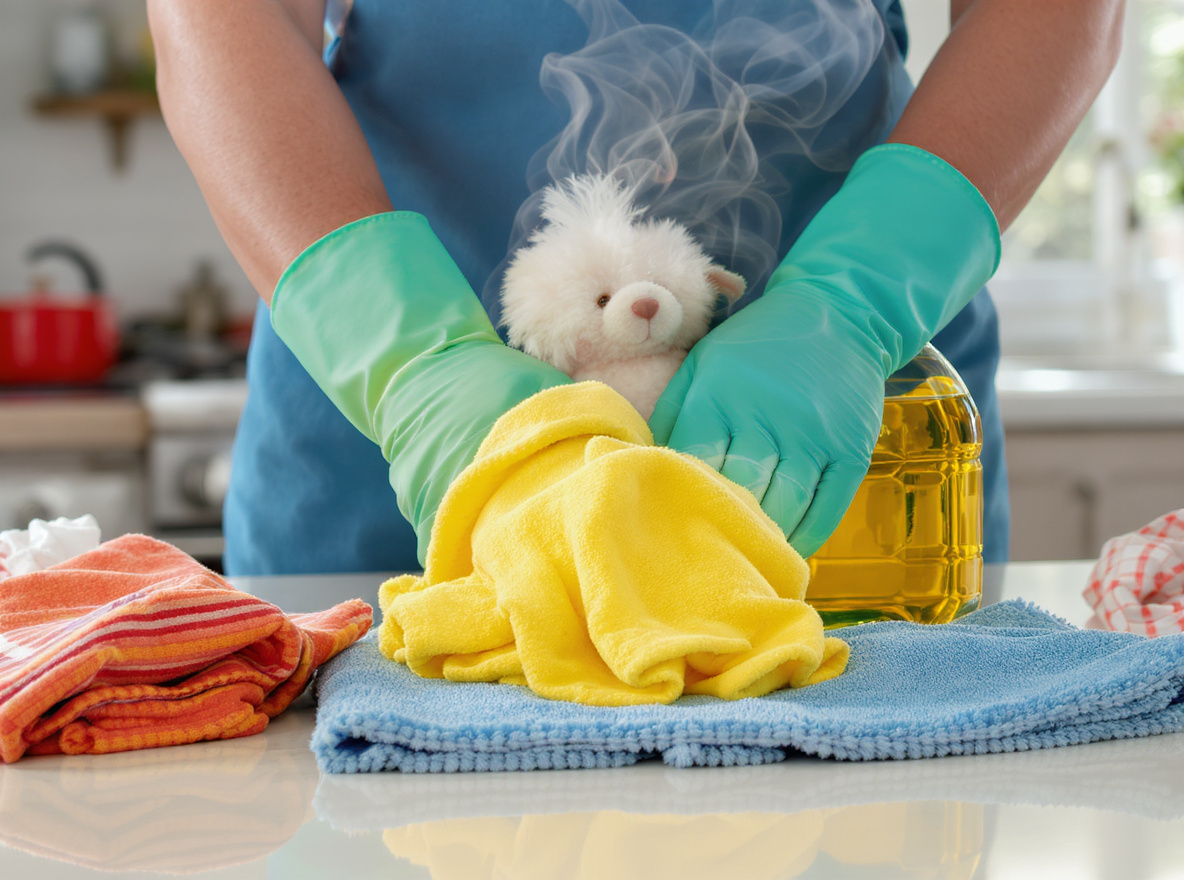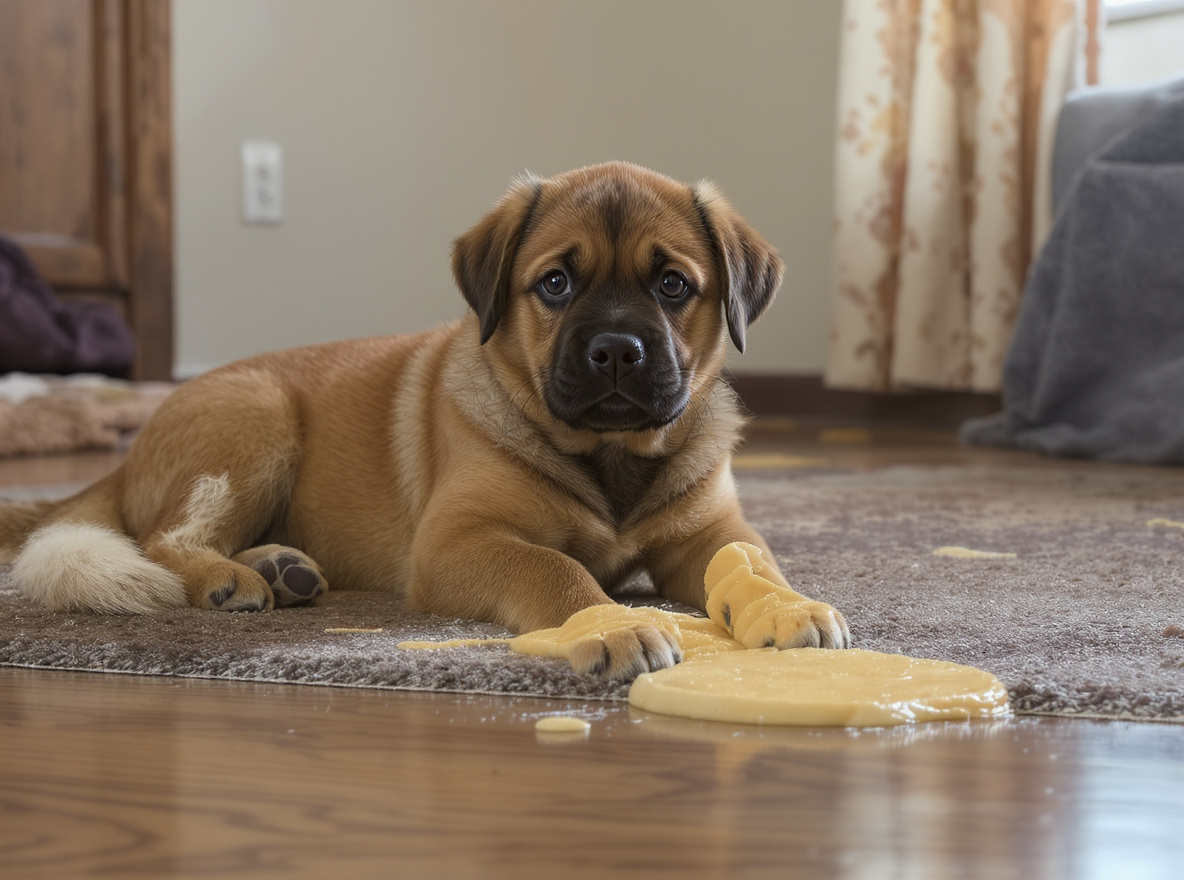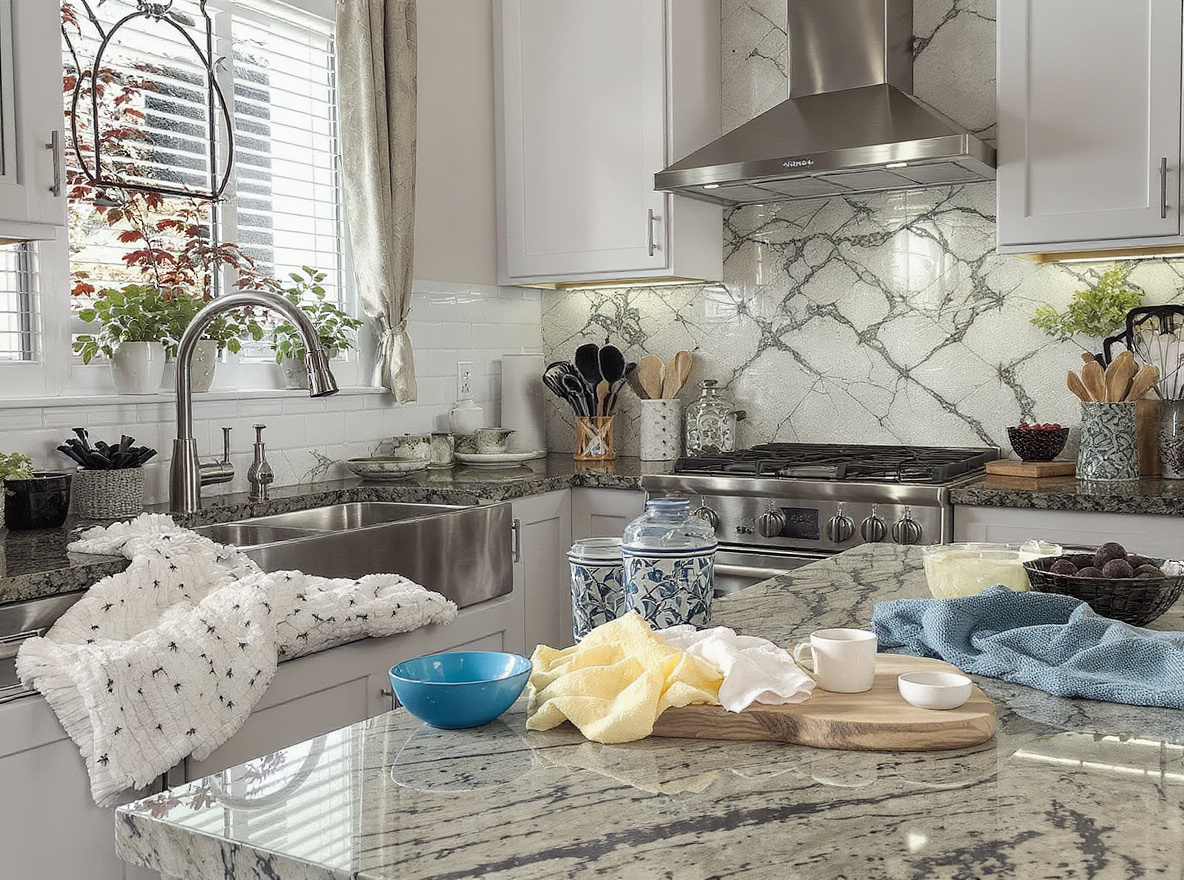How to create a cleaning routine for allergy sufferers: the ultimate guide
Allergy sufferers know the struggle: one day you’re breathing easy, the next your home becomes a battleground of sniffles, sneezes, and itchy eyes. But you don’t have to live at the mercy of allergens. With a well-crafted, allergy-friendly cleaning routine, you can reclaim your space, breathe easier, and maybe even start loving cleaning day. Let’s dig deep into the science, the strategy, and the step-by-step action plan for a dust-free, hypoallergenic home.
Why a hypoallergenic cleaning schedule matters
Let’s get real: you can’t avoid every trigger, but you can radically reduce allergy symptoms by eliminating the worst culprits from your environment. Allergens—like dust mites, pollen, mold spores, pet dander, and chemical irritants—love to lurk in unexpected places. Without a targeted cleaning strategy, your home can quickly become a haven for stuff that leaves you coughing, sniffling, and miserable.
The allergy enemy list: what you’re up against
- Dust mites: Tiny but mighty, these pests thrive in bedding, carpets, and upholstery.
- Pollen: Rides in on shoes, clothes, and open windows—seasonal but relentless.
- Pet dander: Not just fur—tiny flakes from skin, saliva, and urine.
- Mold spores: Damp corners, bathrooms, or basements are their playground.
- Chemical irritants: Artificial fragrances, harsh cleaners, and sprays can trigger reactions.
The allergy-friendly cleaning routine: principles and priorities
1. Clean smarter, not harder
A consistent, well-timed schedule is key. Sporadic deep-cleaning just stirs up allergens. A predictable, gentle, and thorough routine keeps things under control—without sending waves of dust and dander airborne.
2. Use the right tools and products
- HEPA-filter vacuums: Trap microscopic particles others miss.
- Microfiber cloths: Outperform old t-shirts and feather dusters by trapping, not spreading, dust.
- Hypoallergenic, eco-friendly cleaners: Ditch the harsh chemicals—look for fragrance-free, non-toxic labels.
- Allergen-proof covers: Seal mattresses and pillows tight.
3. Protect yourself while cleaning
- Mask up (N95 is best), wear goggles, and cover your hair to avoid breathing in what you’re kicking up—especially when dusting, vacuuming, or tackling mold.

If you’re looking for a trusted and high-quality cleaning service in Buffalo, Tonawanda, or Amherst —
get a free quote online.
You can also call us at 716-289-1966.
The weekly hypoallergenic cleaning schedule
Forget random effort—consistency wins. Here’s how to clean for allergies at home, day by day:
| Task | Frequency | Tips for allergy sufferers |
|---|---|---|
| Dusting (all surfaces) | 1–2x per week | Use damp microfiber or electrostatic duster, not dry cloths. |
| Vacuuming (carpets, rugs, furniture) | 1–2x per week, daily in high traffic | Use HEPA filter vacuum; go slow to really pick up allergens. |
| Washing bed linens | Weekly | Hot water (130°F or higher) to kill dust mites. |
| Mopping hard floors | Weekly | Damp mops reduce dust clouds. |
| Washing curtains | Every 1–3 months | Or more often if pets or pollen are a big issue. |
| Cleaning bathroom/kitchen surfaces | Weekly | Check for and remove mold—use bleach solution if needed, wear a mask. |
| Change or clean HVAC/air purifier filters | Monthly or as recommended | Keeps air clean, reduces recirculation of particles. |
Season-by-season allergy cleaning checklist
Spring: Focus on pollen control—clean entryways, shoes, and windows frequently. Wash outdoor gear and pets’ paws after walks.
Summer: Watch for mold growth in humid bathrooms and basements. Run dehumidifiers if you need to. Keep windows closed during high pollen days.
Fall: Clean vents, radiators, and behind furniture before you turn on the heat. Wash throw blankets and seasonal bedding as they come out of storage.
Winter: Tackle dust buildup from closed windows and heaters. Change filters more often as HVAC runs more.
Dust-free cleaning tips: what the pros know
- Start high, finish low: Clean from the top of the room (ceiling fans, shelves) down to the floors. Gravity pulls dust down as you go.
- Eliminate clutter: Less stuff = fewer places for dust and allergens to hide. Especially important in bedrooms.
- Don’t forget the forgotten: Blinds, light fixtures, closet shelves, baseboards, and underneath furniture are often overlooked—hit these regularly.
- Air it out (but wisely): Ventilate with filtered air, not open windows during high pollen days.
Allergy-friendly cleaning products: what works
- Look for products labeled hypoallergenic, fragrance-free, and non-toxic.
- Avoid aerosols and sprays—they’re the fast track to airborne irritation.
- Vinegar and baking soda are natural, safe, and effective for many surfaces.
- For laundry, choose detergent formulated for sensitive skin and allergies.
Room-by-room action plan
Bedroom:
- Wash all bedding weekly at high temps.
- Use allergen-proof covers for mattress and pillows.
- Remove unnecessary fabric items (extra pillows, stuffed animals).
- Vacuum and dust carefully, including under the bed.
Living room:
- Vacuum couches and rugs with a HEPA vacuum.
- Dust electronics, shelves, and behind furniture.
- Limit knickknacks (they’re dust magnets).
Kitchen:
- Clean spills and crumbs immediately to avoid cockroach allergens.
- Wipe under appliances and inside cabinets weekly.
- Keep surfaces dry to prevent mold growth.
Bathroom:
- Scrub and dry all surfaces, paying attention to mold-prone areas like grout and under sinks.
- Use exhaust fans to reduce humidity.
- Fix leaks quickly.
Maintenance for maximum relief
- Replace pillows every two years and check allergen covers for wear.
- Wash or dry-clean curtains and wash area rugs periodically.
- Rotate and wash kids’ toys every few months.
- Keep the entryway clean—your shoes track in pollen and dirt.
Allergy-safe cleaning habits to live by
- Never dry dust: Always use a damp cloth or microfiber tool.
- Keep humidity low (30–50%): Stop mold and dust mites from thriving.
- Declutter: Less stuff, less dust.
- Don’t forget the air: Use high-quality air purifiers with HEPA filters.
Allergy-friendly cleaning routine: power moves in a nutshell
- Consistency crushes chaos: Regular, gentle cleaning beats frantic deep-cleans.
- Tools make the difference: Invest in HEPA filters, quality microfiber, and non-toxic products.
- Protect yourself: Mask, rinse, repeat—especially on big cleaning days.
Live breatheably: the allergy-sufferer’s home
A hypoallergenic cleaning schedule isn’t just a check-box chore—it’s your blueprint for relief. The right allergy-friendly cleaning routine will help you live your best life at home, not just survive allergy season. Clean smart, clean safe, and most importantly—breathe easy.
Allergy-friendly cleaning doesn’t just clear out the dust. It clears the way for a healthier, happier you.
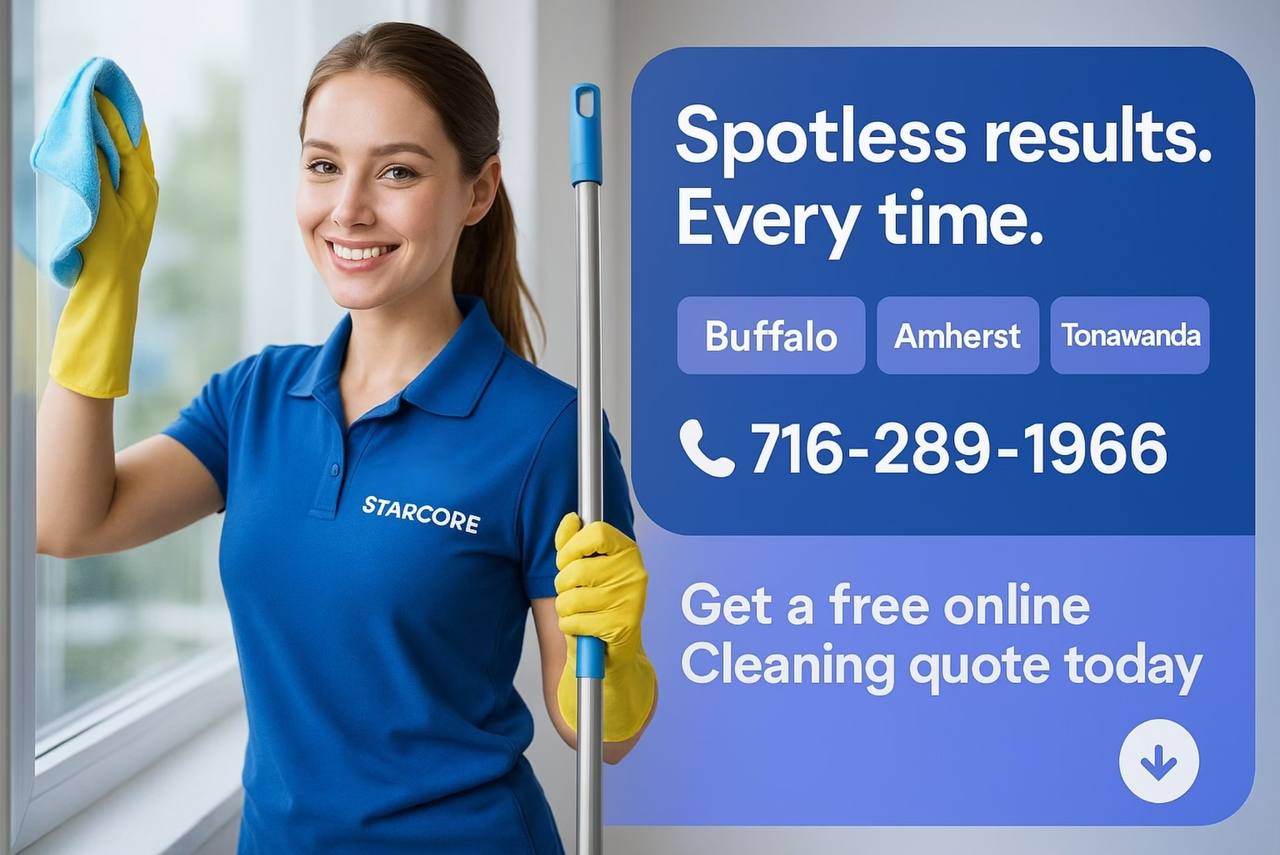
Living with allergies can be tough, but you don’t have to tackle it alone. An effective get a free quote online and phone number 716-289-1966, to find cleaning services tailored specifically for homes in Buffalo, Amherst, and Tonawanda. We can help ensure that your home stays a breathable sanctuary for you and your family.
Frequently asked questions
1. How often should I clean my home if I have allergies?
For optimal allergy management, vacuum and dust at least 1-2 times a week, and wash bedding weekly.
2. What cleaning products are safe for allergy sufferers?
Choose hypoallergenic, fragrance-free, and non-toxic cleaners to minimize allergic reactions.
3. How can I reduce dust mites in my home?
Use allergen-proof mattress and pillow covers, and wash bedding in hot water regularly.
4. Is there a best time of year for deep cleaning?
Spring and fall are ideal for deep cleaning; focus on controlling pollen in the spring and dust in the fall.
5. Can air purifiers help with allergies?
Yes, air purifiers with HEPA filters can significantly reduce airborne allergens in your home.
6. What should I do if I notice mold in my home?
Address it immediately using appropriate mold cleaning solutions and ensure the area is well-ventilated.



